For the Tūwharetoa Taiopenga the senior rōpū prepare for their performance, the rest of the Karapiti team have been exploring Te Reo Māori and tikanga every Wednesday afternoon.
The akoranga (lesson) starts with a karakia and practising a mihi (greeting) that shares their name, where they are from, and which classroom they belong to.
William (Room 1) has shown great confidence from the very first week, standing in front of the group to share his mihi. As the weeks have progressed, Aria (Room 2) has gone from practising quietly with a partner to speaking confidently in front of everyone.
Te Reo Māori can be really difficult but really fun. I found speaking about myself in Te Reo Māori really easy.
Exploring Different Kaupapa Ako (Learning Topics)
Each week has had a different theme, including feelings, colours, shapes, and classroom objects. Tamariki have learned vocabulary and how to express how they are feeling, as well as identifying objects.
Kei te pēhea koe? – How are you?
Kei te wera ahau. – I am hot.
He aha tēnei? – What is this?
He pene kākāriki tēnei. – This is a green pen.
I think that the feelings were sort of tricky because they’re hard to pronounce and say in the sentences.
Making Learning Fun
Learning any language can be challenging, so activities are designed to be engaging and hands-on. Tamariki have been given the opportunity to practice vocabulary through flashcard practice and games, number and colour bingo, ‘Colour by Te Reo’ designs, and creating whakataukī (proverb) squares decorated with traditional Māori kōwhaiwhai patterns.
I learnt the colours in Māori. Kōwhai is yellow, kiwikiwi is silver, and there is waiporoporo, which I think is purple. Kakariki is green.
The hei tiki was really interesting and fun because you had to learn about Māori colours and colour in the parts that matched the Māori numbers.
Music is another way for tamariki to practise pronunciation and retain vocabulary. Many are already confident with waiata from earlier kapa haka sessions at Wairakei Primary School. Learning Tua by Stan Walker has provided both a new challenge and a powerful message about embracing one’s own identity.
Kēmu (games) like E Te Timatanga and Māui Matau encourage the use of memory skills and directional language, while also building kotahitanga (unity) and whakawhanaungatanga (strong relationships).
Generally speaking, tikanga are Māori customary practices or behaviours. The word comes from tika, meaning ‘right’ or ‘correct’.
Tamariki have learned ways to demonstrate tikanga at school, at home, on the marae and te taiao (the environment). Kaiako (teachers) talked about Taupō Moana (Lake Taupō) and ways to protect the waters and understanding when and why a rāhui might be placed on an area of the lake.
The Karapiti teaching team are planning an end-of-term jeopardy-style quiz to consolidate the students’ learning and celebrate how far they have come.
"Mā te kimi ka kite, mā te kite ka mōhio, mā te mōhio ka mārama" – Through seeking, you will find; through finding, you will know; through knowing, you will understand.
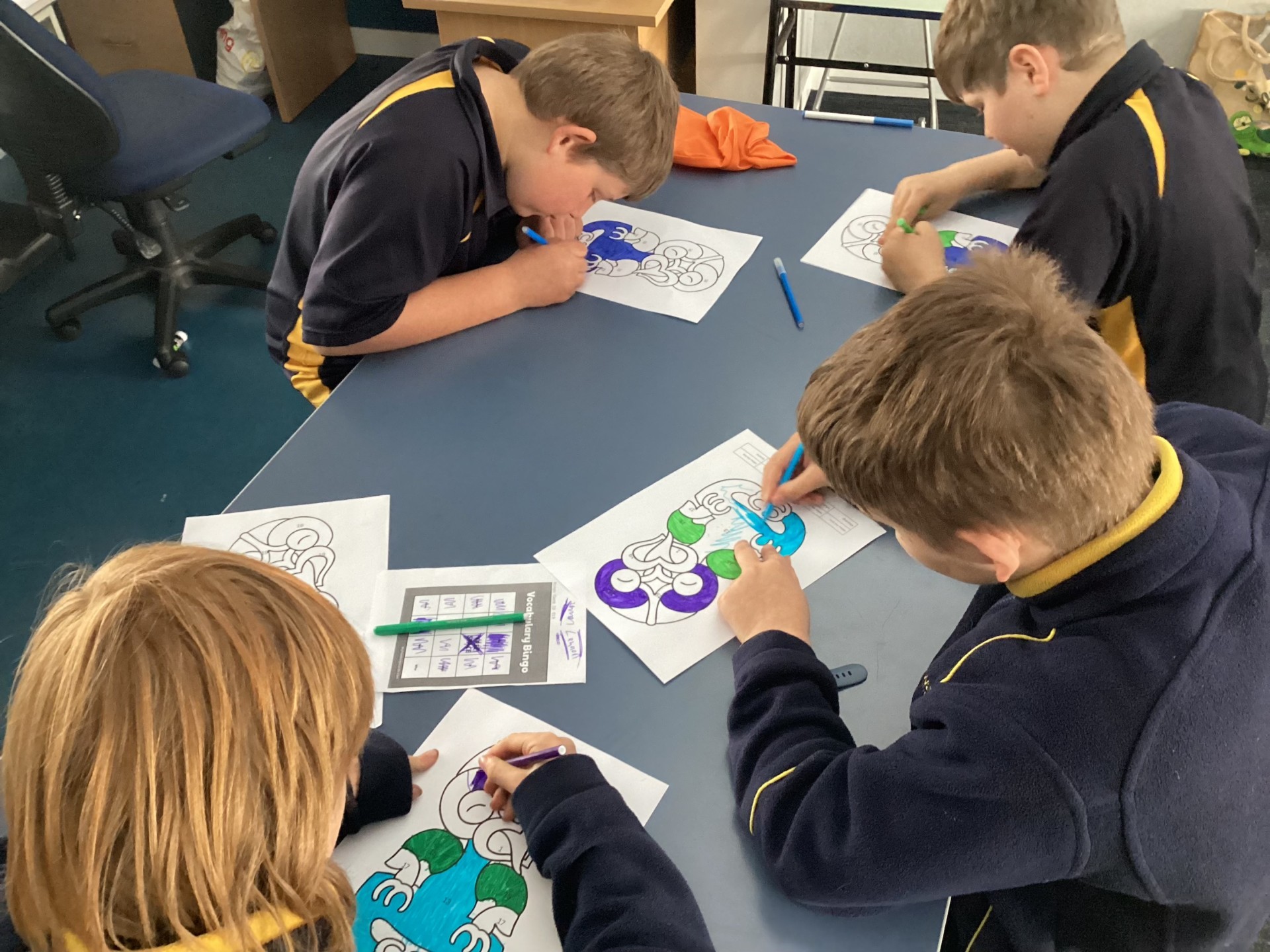
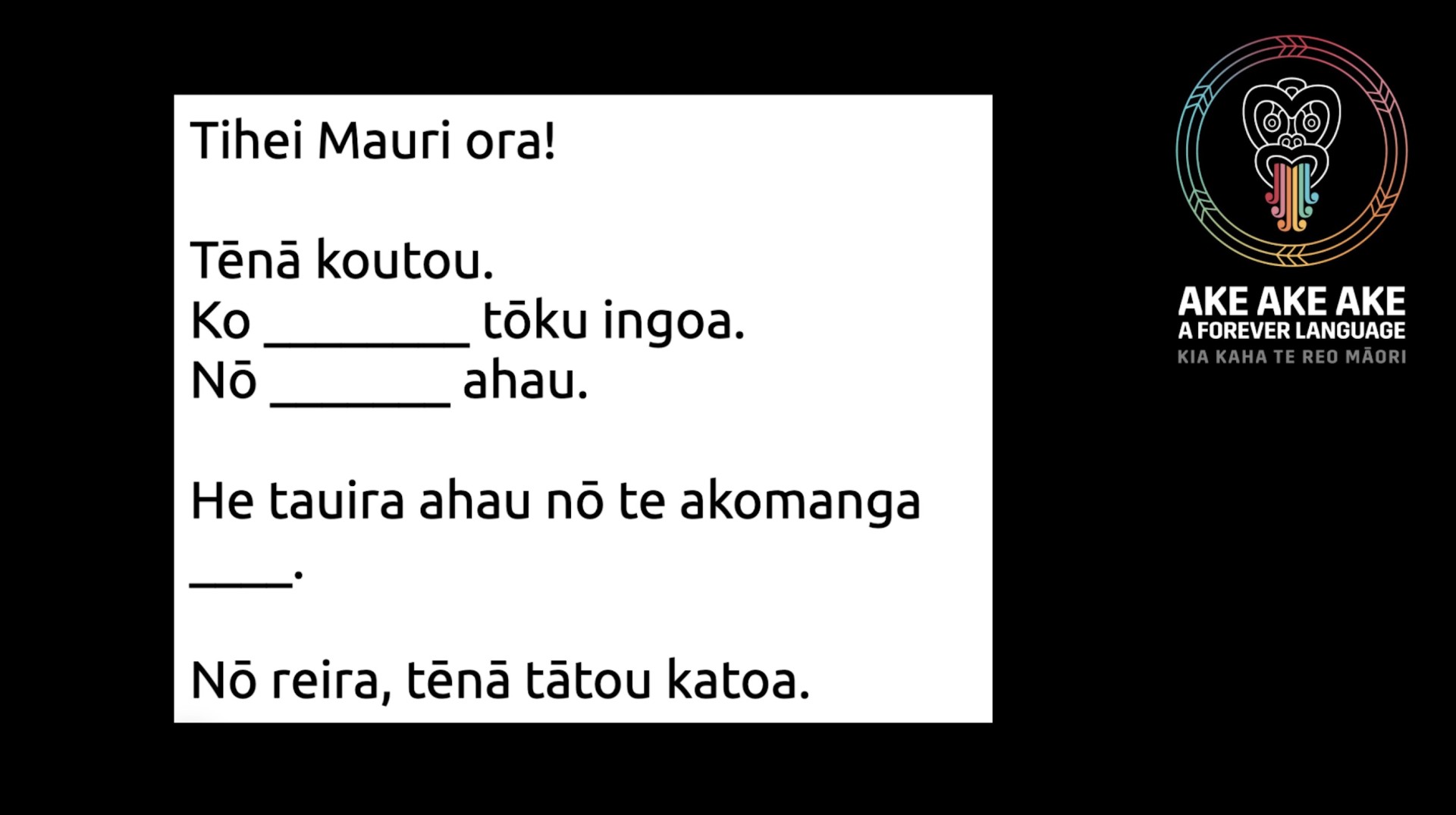

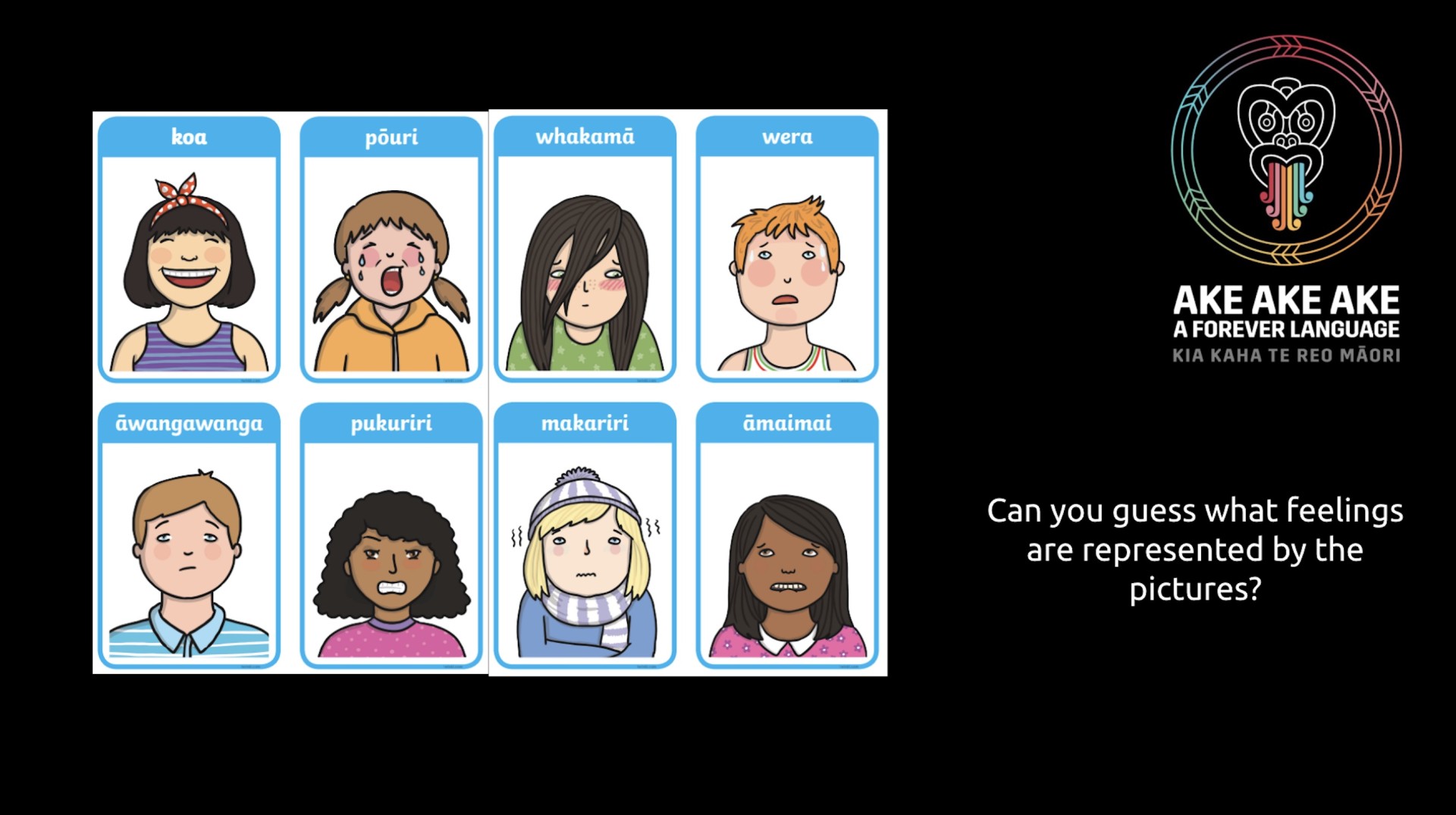
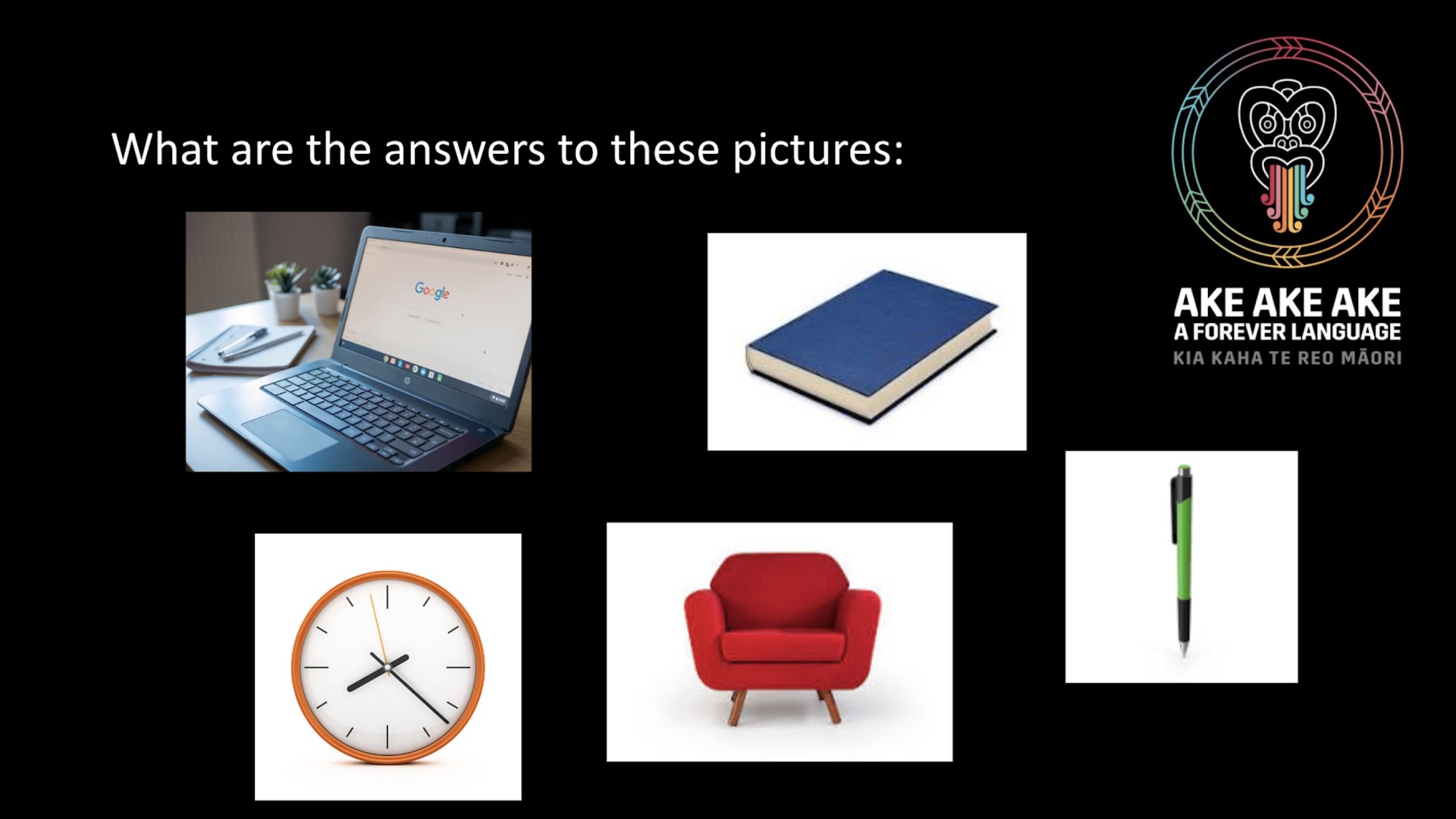
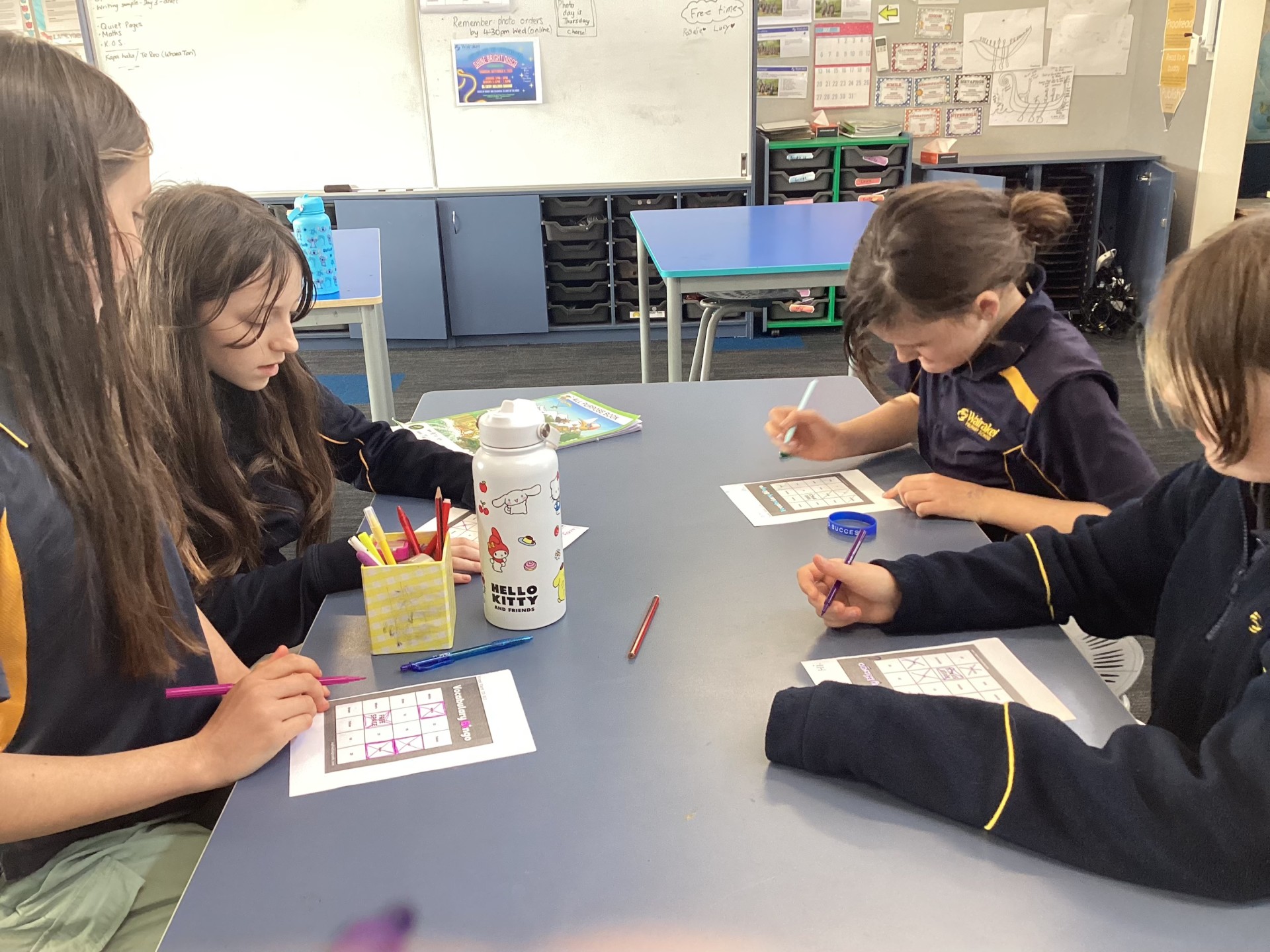



Comments
No one has commented on this post yet.